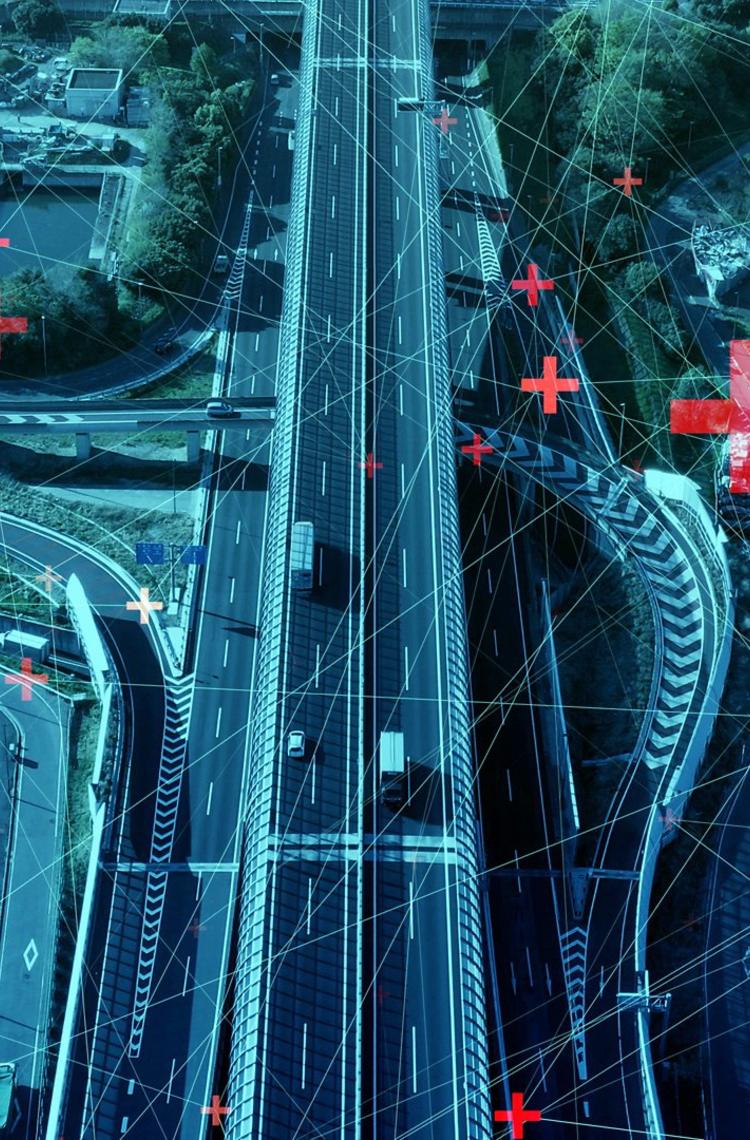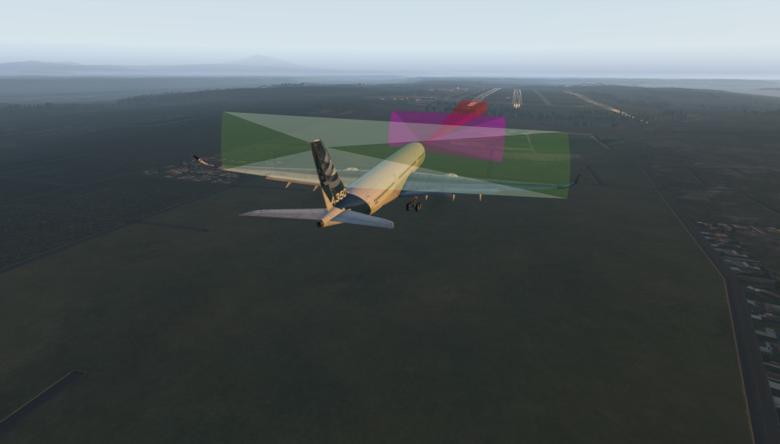Advanced computer vision and machine learning—from sensors to cameras—are rapidly enabling major advances in the development of autonomous technologies in aircraft. In the years to come, autonomy could help the aviation industry to mitigate pilot shortages and safely meet the growing demand in commercial air travel.
Only ten years ago, the idea of autonomous vehicles on our roads seemed like a distant reality. And yet, rapid advances in machine learning—as well as sensor, camera and mapping technology—have been making great progress. But autonomous technologies are not only applicable to cars: they are also influencing the development of more autonomous flight.
According to the International Air Transport Association (IATA), air traffic is expected to double by 2037. This will necessitate approximately +37,000 new passenger and freight aircraft—and more than half a million new pilots to fly them. Given this expected increase in air travel, other solutions will be required to support pilots in aircraft operations.
The key challenge for self-piloting capabilities is how the system reacts to unforeseen events. That’s the big jump from automated to autonomous.
- Arne Stoschek, Wayfinder Project Executive, Acubed
And autonomous aircraft technologies are proving promising in this respect. In fact, technology has already reduced the number of pilots in the cockpit from three to two, and autopilot is routinely used in many phases of flight today. In addition to addressing pilot shortages, autonomous technologies also have the potential to improve air traffic management, enhance sustainability performance and further improve aircraft safety while ensuring today’s unprecedented safety levels are maintained.
From automated to autonomous
At Airbus, the development of autonomous technologies is moving forward rapidly. The Autonomous Taxi, Take-Off and Landing (ATTOL) demonstrator project is one example. This Airbus UpNext project aims to develop and test computer vision algorithms that will enable an Airbus aircraft to taxi, take off and land by itself—without the help of the airport or satellite systems. Recently, an Airbus flight test crew performed the first-ever fully automatic vision-based take-off, using an Airbus Family test aircraft. Vision-based taxi and landing sequences are expected to take place sometime in 2020.
“Many aircraft are already able to land automatically,” Sébastien Giuliano, ATTOL Project Lead, says. “But they’re reliant on external infrastructure like Instrument Landing System (ILS) or GPS signals. ATTOL aims to make this possible solely using on-board technology to maximise efficiency and to reduce infrastructure cost.”
Sébastien says the ATTOL team is working closely with the Wayfinder team to advance autonomous flight technology at Airbus. The Wayfinder project—based at Acubed, Airbus’ innovation hub in Silicon Valley—aims to develop scalable, certifiable autonomy systems for aircraft, ranging from small urban air vehicles to large commercial aircraft.
Based on computer vision and machine learning, the Wayfinder software enables an aircraft to detect its surrounding environment and calculate how best to navigate within it. Much like an autonomous car, it uses sensors such as cameras, radar, LiDAR—a laser-based detection method—and powerful on-board computers.
“The key challenge for self-piloting capabilities is how the system reacts to unforeseen events,” Wayfinder Project Executive Arne Stoschek explains. “That’s the big jump from automated to autonomous.”
ATTOL
ATTOL - Airbus-demonstrates-first-fully-automatic-vision-based-take-off\n
A tailored combination of human & machine interaction
In addition to the technical challenges, autonomous flight technologies must also gain public acceptance. Simply put, passengers are used to having two pilots on the flight deck. But Arne believes this can change over time: “Elevators used to have operators, for example, but that concept would seem strange today. With our track record of safety, Airbus is ideally positioned to drive this change.”
For Airbus, autonomous flight is not an all-or-nothing proposition: it is a tailored combination of human and machine that will evolve over time. Systems are focused on managing the aircraft while the pilot remains at the heart of the operation to take decisions, being presented with all the necessary information and given time to analyse it. This is a purpose for which the sense-and-avoid image processing technology behind ATTOL and Wayfinder is essential.


